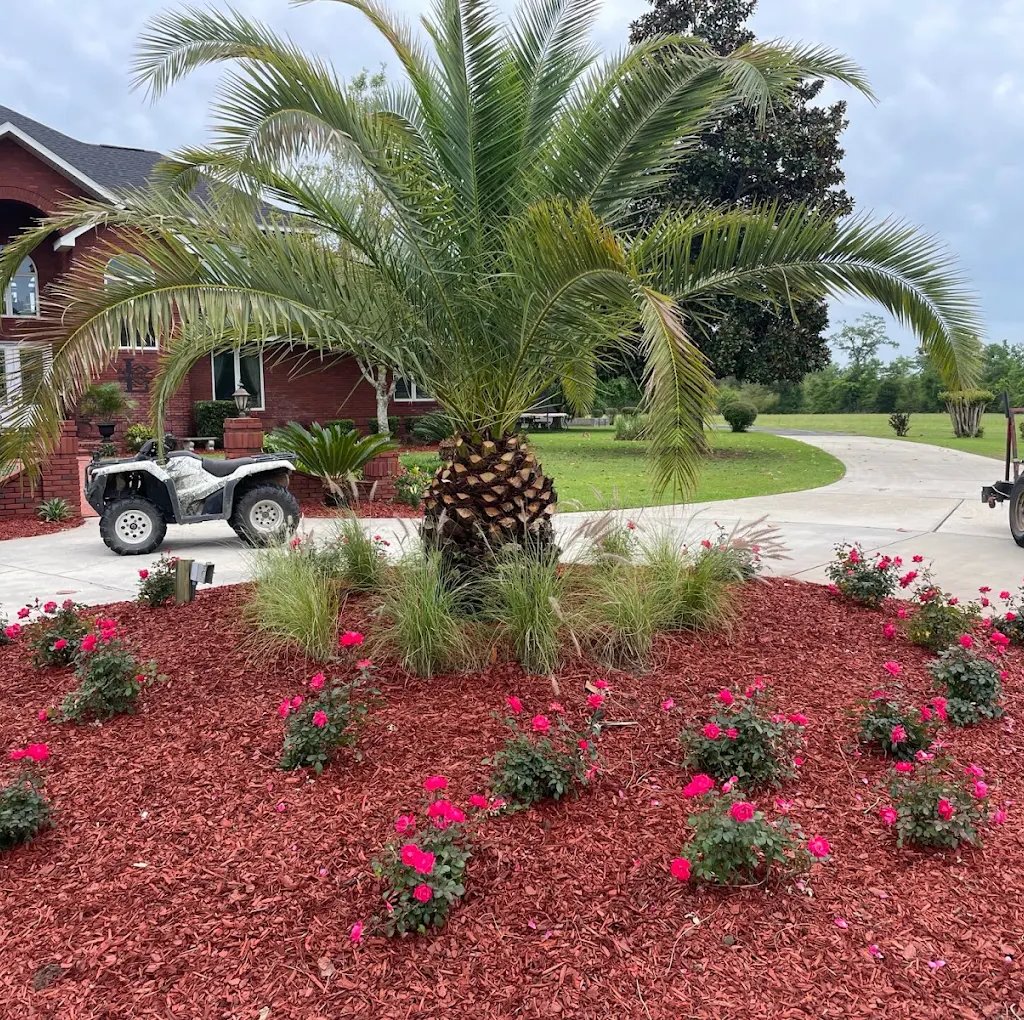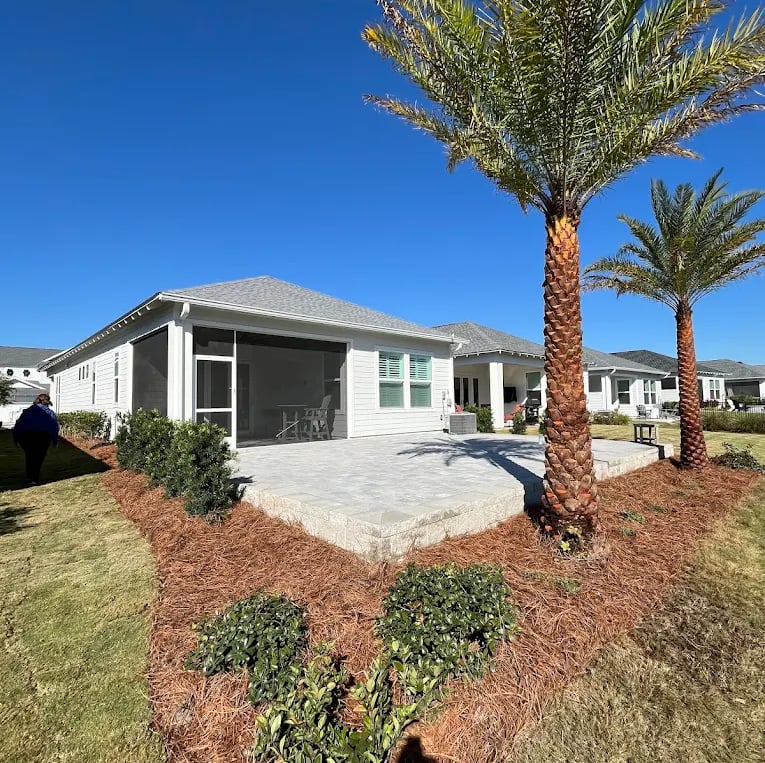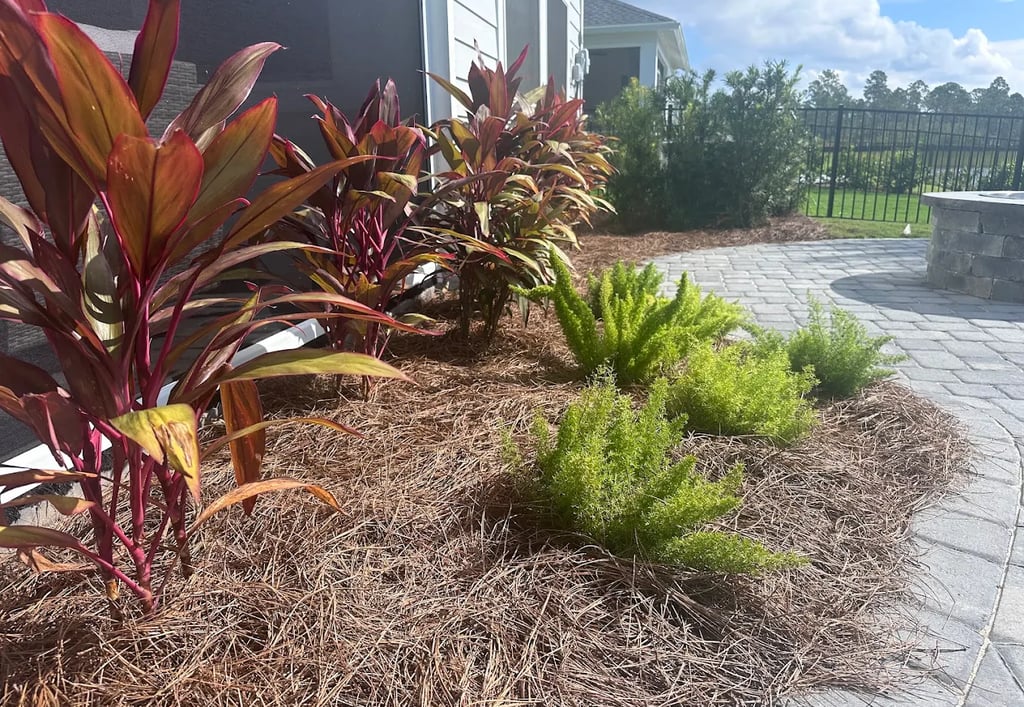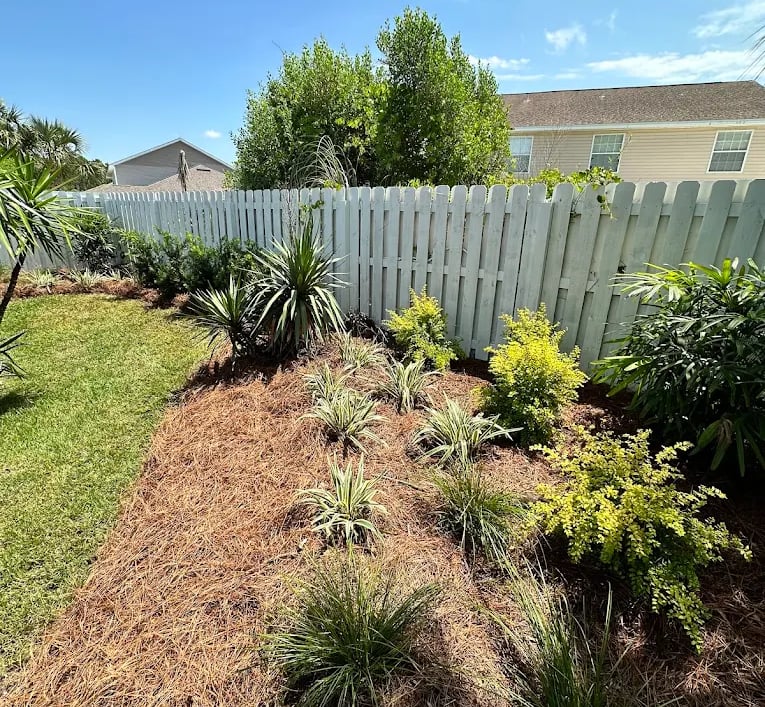Pine Straw vs Mulch: Which Is Better for Florida Landscaping?
Discover if pine straw or mulch is better for Florida landscaping. Coastal Creations crafts luxury, low-maintenance outdoor spaces across 30A.
10/2/20255 min read
In Florida, the choice between pine straw or mulch is more than a surface-level design decision. Groundcover influences soil health, plant performance, and the overall longevity of your landscaping — especially in the Panhandle, where sandy soils, heavy rains, and salty coastal air all play a role. For luxury homeowners, it also determines whether your property looks manicured or natural, polished or coastal.
Both options come with strengths and drawbacks, and the right fit depends on your property’s needs and style. At Coastal Creations, we bring over 30 years of family landscaping heritage to help homeowners along 30A and beyond choose the perfect solution. Ready to elevate your outdoor sanctuary? Contact us today for a consultation.


What Is Pine Straw?
Pine straw mulch is made from the fallen needles of pine trees, often longleaf or slash pine common in the Southeast. When spread, it forms a soft, interlocking mat that holds soil in place and protects plant roots from extreme conditions. Because it’s lightweight and easy to spread, it’s favored by homeowners across the Florida Panhandle.
Luxury landscapes often feature pine straw for mulch in areas where a natural, coastal look is preferred. It blends seamlessly with palm groves, pine stands, and native plantings while providing practical benefits for sandy soil and erosion-prone slopes.
Types of Pine Straw Mulch Used in Landscaping
Long-needle pine straw, sometimes called “slash pine straw,” is especially valued for its length, color, and durability. Short-needle varieties are more affordable but tend to break down faster, requiring more frequent replacement. High-end properties often benefit from the longer, richer needles because they provide a uniform and upscale look.
How Pine Straw Is Harvested and Applied
Unlike mulch, pine straw is harvested sustainably by collecting naturally fallen needles. It comes in compact bales that are easy to transport and apply. Proper installation involves fluffing the straw to create depth and spreading it evenly for consistent coverage. As part of our maintenance plan, we ensure your pine straw beds stay fresh and never appear patchy or neglected.
Common Uses of Pine Straw in Florida Landscapes
Erosion control on sloped lots or dunes
Insulating beds around palms, shrubs, and ornamental trees
Enhancing soil acidity for plants like camellias, azaleas, and magnolias
Creating natural transitions between structured gardens and coastal vegetation
What Is Mulch and How Does It Differ from Pine Straw?
Mulch is a broad category of groundcover material, usually shredded hardwood, cypress, or dyed varieties. Unlike pine straw, mulch is heavier, denser, and sold in bags or bulk deliveries. It provides a clean, curated look that many high-end homeowners associate with luxury landscaping.
Popular Types of Mulch in Florida (Hardwood, Cypress, Dyed)
Hardwood mulch: Common and effective for weed suppression, though it may attract termites.
Cypress mulch: Attractive with a fresh scent, but sustainability concerns can make it less appealing to eco-conscious clients.
Dyed mulch: Available in black, brown, or red, dyed mulch offers a bold and polished finish perfect for luxury estates.


Pros and Cons of Mulch in Florida Landscaping
Benefits of Mulch for Luxury Curb Appeal
Mulch, especially dyed varieties, creates striking contrasts against stucco, stone, or manicured hedges. This makes it the preferred choice in formal gardens or front-facing beds where visual impact is critical.
Longevity and Replenishment Needs
Mulch lasts longer than pine straw, often holding its look for 12–18 months. This appeals to homeowners who prioritize lower maintenance intervals.
Pest Concerns and Washout Issues
Certain mulches attract termites or carpenter ants, which can be concerning for high-value homes. Heavy rains often displace mulch, requiring edging or professional reinstallation after storms.
Cost and Value of Pine Straw vs Mulch in the Florida Panhandle
Upfront Pricing and Long-Term ROI
Pine straw costs less upfront, while mulch carries a higher initial price. However, when factoring in replenishment schedules, mulch may cost less in the long run. For luxury estates, the focus should be on value, not just price — which material supports the design and performance of your property best.
Labor and Installation Considerations
Pine straw is light and easy to spread, making installation faster. Mulch is heavier and requires more labor, but it delivers a sharper finish. Professional installation ensures both materials achieve their maximum effect.
Reapplication Frequency for Each
Pine straw should be refreshed every 6–9 months, while mulch generally lasts 12–18 months. We tailor maintenance plans to each property, ensuring groundcover always looks pristine.
How Coastal Creations Uses Pine Straw and Mulch in Luxury Landscaping
Tailoring Groundcover to Each Property’s Design Style
We select groundcover based on the property’s design. Natural coastal estates often benefit from pine straw, while formal front yards shine with mulch.
Combining Pine Straw and Mulch for Best Results
For many properties, it’s not “pine straw vs mulch” but a combination. We may use mulch for entry beds and pine straw for erosion-prone slopes or under palm installations. This hybrid approach maximizes both function and appearance.
Long-Term Maintenance and Exclusive Warranty Support
Groundcover is just one layer of a luxury landscape. Our services extend to plant and palm installation, synthetic turf, irrigation, and custom design. With exclusive warranties and white-glove maintenance, we ensure every detail remains flawless.
Benefits of Mulch and Pine Straw as Groundcover
Both mulch and pine straw suppress weeds, conserve moisture, and regulate soil temperature. They also improve curb appeal when properly installed. The difference lies in how each material performs under Florida’s unique environmental pressures.
Key Differences Between Pine Straw and Mulch
Mulch is heavier and more formal, while pine straw is lighter and more natural. In storms, pine straw interlocks and resists washout, whereas mulch may float and scatter. Aesthetically, mulch delivers a uniform, manicured look, while pine straw offers a softer, coastal-inspired appeal.
Pine Straw vs Mulch in Florida’s Climate
Florida’s sandy soils, relentless sun, and seasonal storms mean groundcover has to do more than look good. We at Coastal Creations understand that the pine straw vs mulch decision should factor in how each performs under these demanding conditions.
Performance in Sandy Soils
Sandy soils drain quickly, so moisture retention is critical. Pine straw enriches the soil as it decomposes, gradually improving its structure. Mulch helps retain moisture too but can compact, requiring professional preparation and aeration.
Erosion Resistance During Heavy Rains and Storms
During tropical downpours, pine straw clings together, making it excellent for sloped properties. Mulch, even though heavier, often floats and washes away, leaving bare spots. We design landscape solutions that prevent this, including edging and retention features.
Durability Against Heat, Humidity, and Salt Air
Mulch fades under Florida’s intense sun, losing its color more quickly than in cooler climates. Pine straw also fades but is lighter to refresh, making it easier to maintain coastal curb appeal. In salty coastal air, pine straw often performs better long-term than mulch.
Pros and Cons of Pine Straw Mulch
Advantages for Soil Health and Plant Growth
Pine straw gradually decomposes, adding organic matter and acidity that benefit acid-loving plants. It also insulates roots from temperature extremes, reducing stress on palms and ornamentals.
Cost and Maintenance Considerations
Pine straw is inexpensive upfront and quick to install. The tradeoff is that it requires replenishing every 6–9 months. Our Perfect Palm and Plant Maintenance Plan keeps properties looking fresh with scheduled reapplications.
Potential Drawbacks to Know
While highly functional, pine straw has a few limitations. It fades faster than mulch and doesn’t provide the formal aesthetic some homeowners want. It can also pose a fire hazard if installed too close to structures, something we always plan for in design.




Transform Your Florida Landscape with Coastal Creations
Choosing between pine straw and mulch doesn’t have to be difficult — with expert guidance, both can elevate your property. We design, install, and maintain luxury landscapes that thrive in the Florida Panhandle’s unique climate. Ready to upgrade your property? Contact us today to schedule your consultation.
Don’t forget to follow us on Instagram for design inspiration and a behind-the-scenes look at our luxury landscaping projects.

Privacy Statement:
'No mobile information will be shared with third parties/affiliates for marketing/promotional purposes. All the above categories exclude text messaging originator opt-in data and consent; this information will not be shared with any third parties
